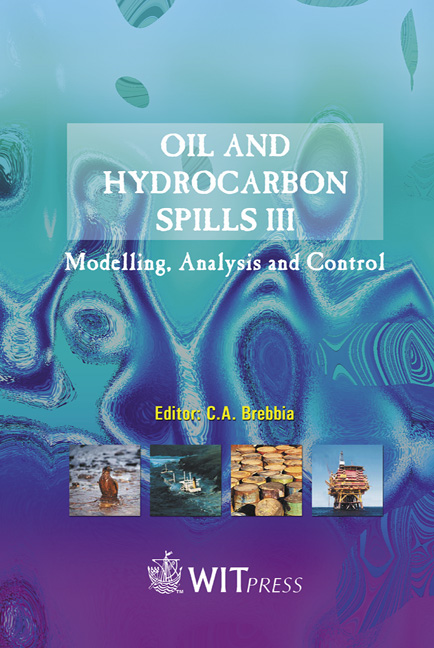A Method To Detect Oil Spill Based On SAR Images
Price
Free (open access)
Transaction
Volume
59
Pages
Published
2002
Size
520 kb
Paper DOI
10.2495/OIL020371
Copyright
WIT Press
Author(s)
F. Nirchio, N. Sorgente, A. Giancaspro, P. Pavese, R. Ravera & P. Trivero
Abstract
Oil spills reduce water surface roughness and can be detected by the Normalized Radar Cross-section (NRCS) on SAR (Synthetic Aperture Radar) images where they appear as dark areas. With the purpose to detect oil slicks, in the last years a probabilistic method to distinguish oil spills from other similar oceanic features in marine (SAR) images has been developed and tested. The method uses statistical information obtained from previous measurements of physical and geometrical characteristics for both oil spill and natural features. A sample image is evaluated using a procedure to determine the probability that it is an oil spill. The classification-algorithm performance was evaluated using a test dataset of SAR images containing hundreds of examples of oil spills and of features exhibiting characteristics similar to oil spills (look-alike): more than 80% of the samples were classified correctly. The reliability of the method was then determined using a new dataset and similar results were obtained. The developed methodology and its capability in recognizing oil spills among look-alike are illustrated. 1 Introduction A great aid in the effort of monitoring oil spill events comes from remote sensing techniques.
Keywords





